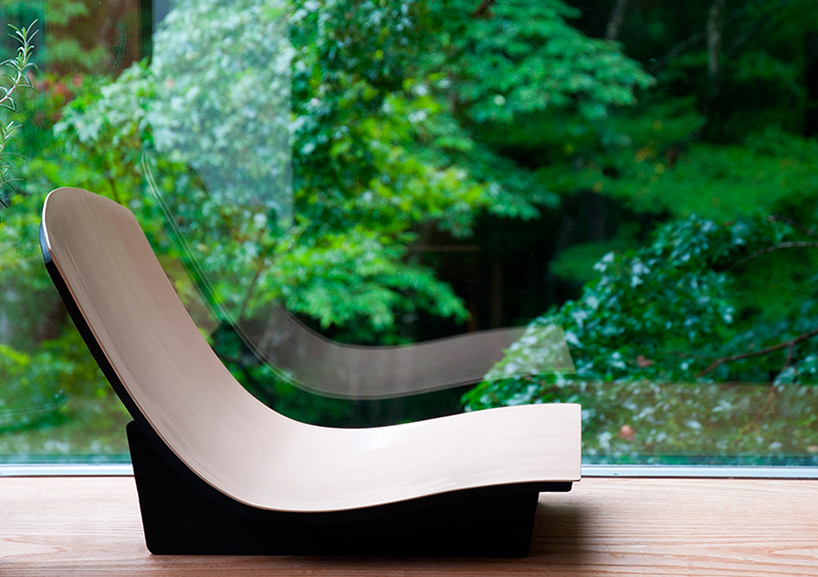Japanese Dry Lacquer Traditional Technique Kanshitsu
The traditional Japanese method of making form from dry lacquer is known as “kanshitsu.” The method dates back over 2,000 years ago but died out for nearly 1,300 years. Japanese designers, Kenji Toki and Mitsuhiro Kanada, explore this traditional form-making technique in an exhibition called Liquid to Solid. Their research uncovers the potentiality of kanshitsu to be used as a substitution for fiber-reinforced plastic in furniture design.

Kanshitsu uses natural composite materials, such as hemp, combined with a Japanese lacquer called “urushi,” as a resin. Similar to the way fiber-reinforced plastic is produced, kanshitsu is used to create form but unlike the process of FRP, kanshitsu achieves this in a sustainable and eco-friendly way.
The statue of Ashura, a national treasure of Japan, was made 1,300 years ago and remains intact today. The statue was made using the ancient method of kanshitsu and consists of hemp fiber and urushi. The exhibition showcases the various possibilities of using this Japanese method in contemporary furniture design and home decor.
Examples for modern day design include the creation of minimalist style legless lounge chairs and modernist style low-profile dining chairs.
In addition to its ancient history and sustainability factor, the products made using kanshitsu today present a lightweight durability, perfect for designing chairs, tables, and a variety of other desirable and useful items.